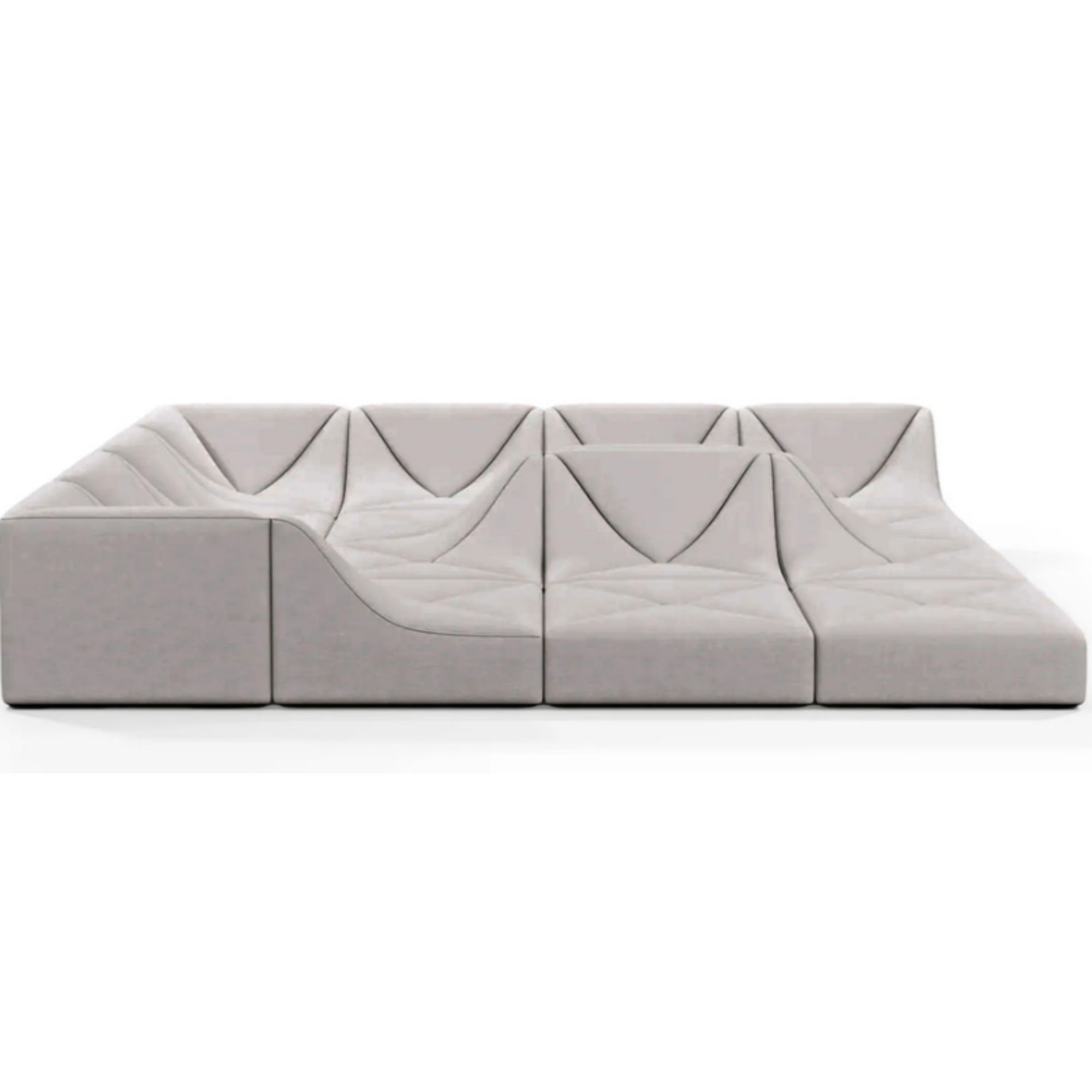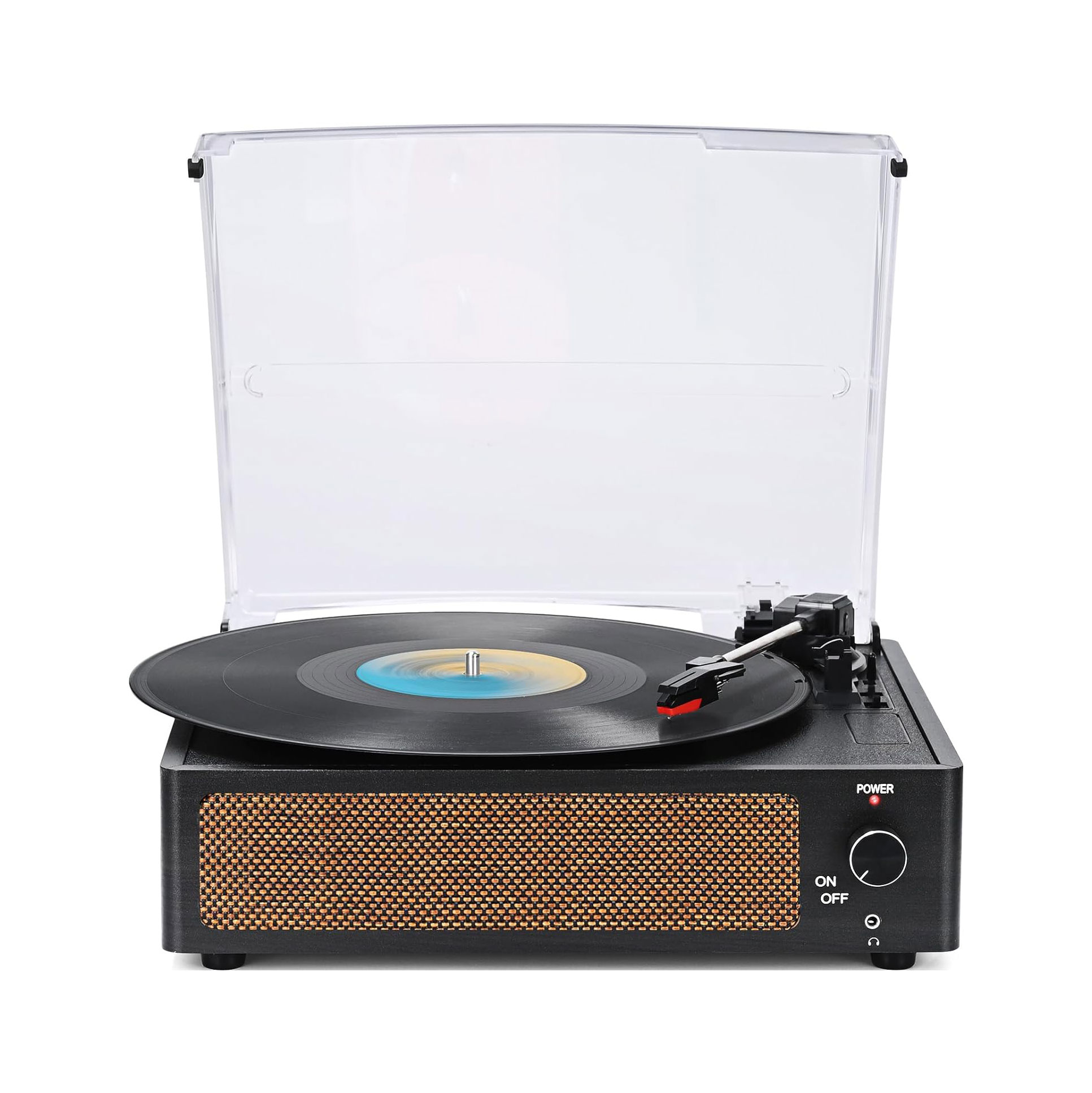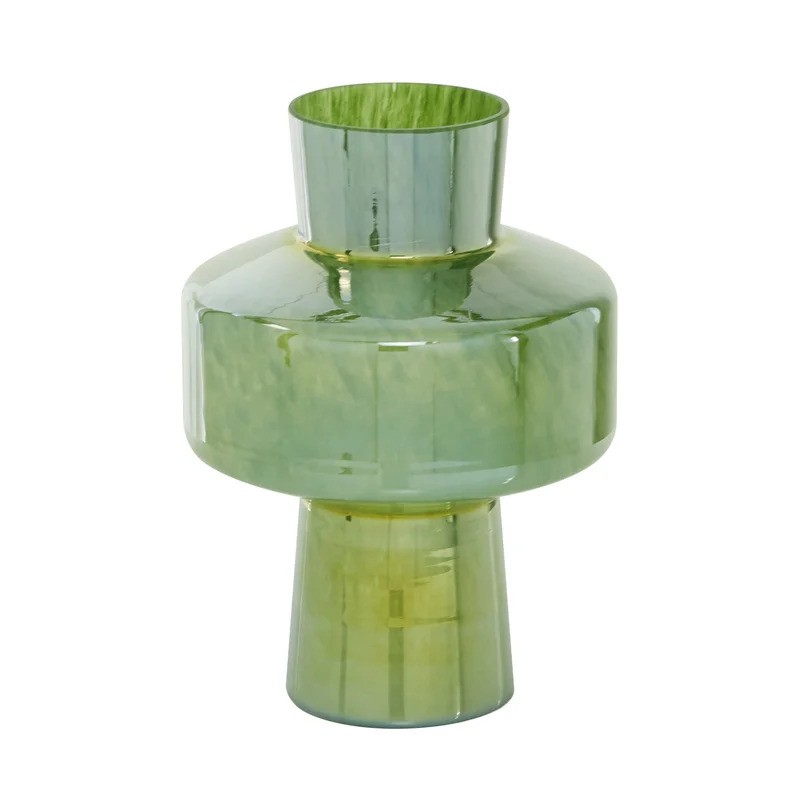
When we reflect back on the design styles of the last 100 years, one era stands out for having some of the most iconic silhouettes and interesting impulses: the 70s. It's no surprise, then, that rock icons like Flea of The Red Hot Chili Peppers seek to emulate this style in their homes.
We spotted the bassist's retro living room in an Instagram post from the brand Paulin Paulin Paulin who designed his sofa.
It's a '70s inspired dreamscape. The space centers on the artist's yellow designer conversation-pit style sofa. In the background, we see Flea's dedication to music through his impressive record collection displayed on natural wooden shelves. The beauty of this room is the perfect example of why so many interior designers are currently tapping into the styles of this era.
'70s trends are ever popular no matter the period because of how they tap into timeless nostalgia.
Lena Gierasinska, interior design expert at Barker and Stonehouse, explains: 'Nostalgia-core in interior design is a compelling trend that draws on the comforting aesthetics of the past. It’s about recreating the emotional connection to bygone eras—whether it's the '70s, '80s, or '90s. The appeal of this style lies in its ability to provide a sense of stability and familiarity in a world that constantly changes and can sometimes feel uncertain.
Shop the '70s Edit

This stunning modular sofa has undulating curves and points that give it a unique character. The 70s inspired staple will always be on-trend.

A vinyl record player is a must-have if you wish to replicate the '70s aesthetic. Throw on some Fleetwood Mac or David Bowie for good measure.

Decorative and timeless, green is a fantastic way to introduce a hint of biophilic color to a simple living room scheme. This modern interpretation of the retro glass vase is a winner.
What are the essential elements of the interior design trend? Lena continues: 'Nostalgia-core interiors often feature retro colour palettes, iconic patterns, and furniture that harks back to previous decades, evoking a feeling of warmth and sentimentality.'
Luckily, Flea's look is easy to recreate with a few simple tips. 'To style nostalgia-core in your home, begin by introducing bold, retro patterns like geometric prints or floral designs, alongside furniture in earthy tones, teak wood, or plush velvets,' advises Lena. 'Consider adding a comfortable, classic sofa as a key focal point. Mixing elements from different time periods is encouraged—creating a space that feels cosy, personal, and authentic. Incorporate personal touches such as old photographs and mementoes for added charm.'
To make sure the look remains timeless, it's important to ground it with transitional style. Lena recommends: 'Finally, balance these nostalgic elements with contemporary touches to ensure the space remains functional and fresh. Nostalgia-core is about creating a home that feels both timeless and welcoming, with a dash of retro charm.'
We often think of trends as forward-facing, but just as often, they look to the past to tap into our timeless interests. Take it from Flea.







